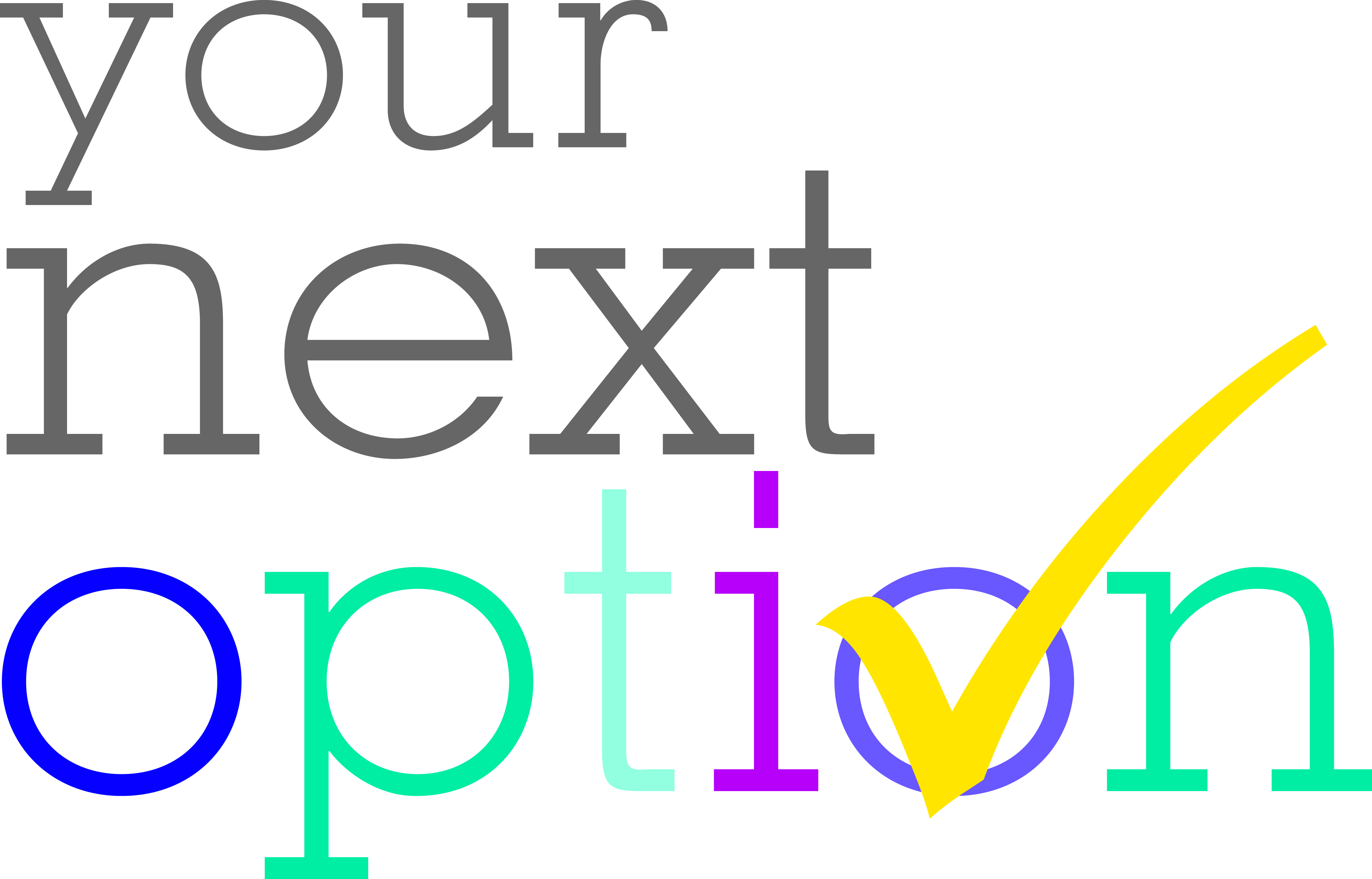Do you know that there’s a world holiday celebrating an emoji? The definition of an emoji from Wikipedia is “a pictogram, logogram, ideogram, or smiley embedded in text and used in electronic messages and web pages.”
The primary function of modern emoji is to fill in emotional cues otherwise missing from typed conversation as well as to replace words.
In today’s text-fueled world, emojis have become our go-to for expressing feelings and spicing up conversations without ever saying a word. Emoji exist in various genres, including facial expressions, expressions, activity, food and drinks, celebrations, flags, objects, symbols, places, types of weather, animals and nature. But have you ever wondered where these cute little icons come from?
The word “emoji,” which originally meant “pictograph,” is derived from the Japanese words “e (浵, “picture”) + “moji” (文字, “character”); the English terms “emotion” and “emoticon” are merely coincidental. Japanese manufacturers of portable electronics produced the first emoji sets in the late 1980s and early 1990s. After Unicode started incorporating emoji into the Unicode Standard, emoji gained popularity all around the world in the 2010s. They are now regarded as being a significant component of Western and global popular culture. The Oxford Dictionaries 2015 Word of the Year was the emoji “Face with Tears of Joy” (see above).
The emoticon, which computer scientist Scott Fahlman introduced in 1982 and proposed might replace language with text-based symbols like 🙂 and :-(, was the inspiration behind the emoji. It was not until Japanese, American, and European corporations started developing Fahlman’s idea in the 1990s that it became a widely accepted concept. Scott Fahlman’s emoticons importantly used common alphabet symbols and aimed to replace language/text to express emotion, and for that reason are seen as the actual origin of emoticons.
Fast forward to today, and we have over 3,500 emojis available at our fingertips! Who knew a small, pixelated smiley face could turn into a global social phenomenon? Next time you send a playful wink or a thumbs-up, remember you’re participating in a rich, evolving history of visual storytelling.
Whether you’re all about the heart-eyes or always go for the traditional smiley, take a moment to consider how far it has come from its modest beginnings in Japan to being a worldwide language that unites us all.
Enjoy your emoji-filled conversations, and Happy World Emoji Day, July 17, 2024!

